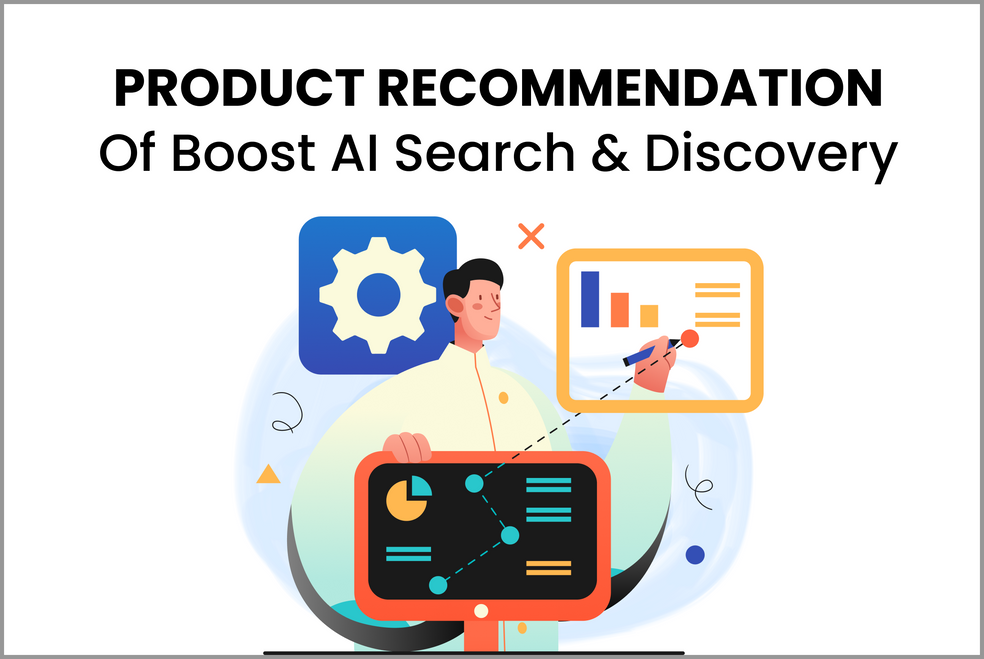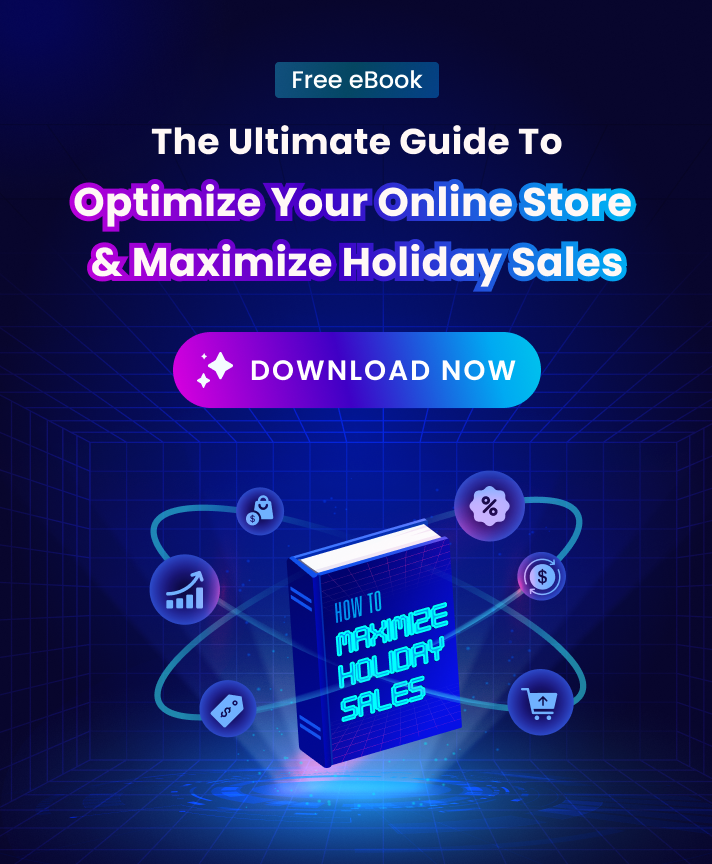What is Exact Search?
An exact search (exact match) is a type of site search where the results returned are exactly what the user searched for, without any additional or similar search results.
The exact search involves a simple process where the website visitor types in their query into a text box and a drop-down menu of options is displayed. Once they select their choice, this is then run through a search engine to find results that exactly match what was typed in.
Alternatively, if there are too many available results to display, then a small number only from the list will be shown.
What is Exact Search used for?
It is used frequently in combination with a drop-down menu in order to find something specific or exclude certain options from being displayed.
It provides searchers with the ability to see precisely what they are looking for without having to shift through a list of search results. This method also improves user satisfaction as these results are much more specific and therefore easier to use than a list of links, which is essential in an online shopping context.
Some companies have implemented exact searches on their websites in order to allow users to find their products quickly and effectively.
Exact search can therefore be used with products in order to improve SEO by keeping customers on the website for a longer period of time. This increases the chance that they will browse through more pages as it is easier to navigate.
What are the advantages and limitations of Exact Search?
Advantages of Exact Search
Thanks to its restrictive nature, exact searches ensure 100% precision when it comes to product search. Therefore, exact search and exact match keywords can give you a higher click-through rate. Depending on your customer’s site search behaviors, you should set the right “exact” level to optimize conversion.
Limitations of Exact Search
Since it only returns search results that exactly match the input query with no variants, exact search is a highly restrictive search type. It gives you total control of your keywords but limits your customers in finding the products they want.
Your site visitors will not always enter the right keywords or the keywords that are pre-defined in your database library. There is a high chance that you’ll miss out on these potential customers due to typos, misspelled words, or undefined terms if you only apply the exact search on your eCommerce website.
Use Exact Search with other site search methods
Exact searches help to ensure that a user seeking a particular type of product can find exactly what they are looking for.
Shopify Filter and Search by Boost Commerce provides exact searches and also all kinds of on-site searches to provide the most converting and satisfying product discovery on your store.
With Boost, your store is equipped with Search as you type, spellcheck and typo tolerance, full-text search, fuzzy search, and AI-powered search with NLP optimization to always return the best matching and personalized search results for your customers.
How to optimize Exact Searches effectively on your eCommerce website?
Regulate exact search regularly
Your exact match strategy needs to be regularly updated so that the results that are returned are up-to-date. This is especially important for product search and if you have a sale, for example, you should include an end date. This will ensure that items are not returned after their discounted price has expired.
Combine with other search methods to display an unlimited number of results
The website should be able to display an unlimited number of results, rather than only a small number, as this will give the user more options and allow them to find exactly what they are looking for. If you only have a limited amount of results available then it may be best not to use this method at all.
It is important that the website uses a different engine than the absolute keyword matching service. This will allow users to find a variety of results and therefore increase user satisfaction as they can see a wider range of options. You should consider how many unique search engines you want to use, how frequently the results are updated, and what resources your website will need in order to get started.
Always have a clear navigation structure
The website should have a clear navigation structure. This site search can help improve usability and user satisfaction, but if the website appears complex or is difficult to navigate then this may be a bad decision to use it.
This method is most effective when used with simple navigation and user-friendly site design in order to provide quality service for your customers.
















